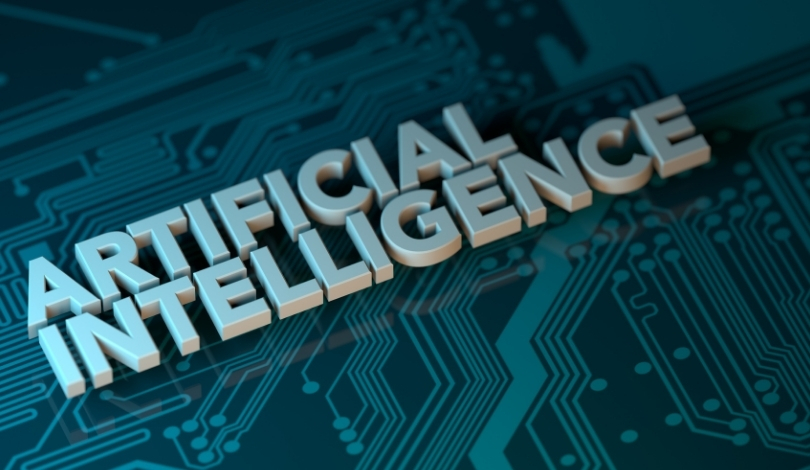Boston Dynamics has taken significant steps in advancing the capabilities of its Atlas humanoid robot, focusing on real-world manipulation tasks through innovative training methods. As companies compete to develop more adaptable and autonomous robots, Boston Dynamics’ approach highlights the value of integrating human-guided data and simulation. The ongoing research aims to prepare Atlas for practical deployment in industrial and commercial environments, with future plans involving real-world tests at Hyundai facilities. Such developments attract industry attention as organizations seek robots that manage complex tasks alongside human workers. The inclusion of new learning strategies suggests a shift in how robots may soon be integrated into workplaces. The increasing intersection of artificial intelligence and robotics also raises questions about the balance between autonomy and human oversight in next-generation machines.
Boston Dynamics’ work with Atlas extends previous trends in robotics that heavily relied either on significant simulation or direct programming of behaviors. Competitors and academic groups historically gathered smaller datasets or used mainly synthetic data for training. By leveraging 20 hours of teleoperation—real people controlling Atlas to demonstrate task completion—Boston Dynamics combines the subtleties of human decision-making with the adaptability of AI-based large behavior models. This effort is more comprehensive in real-world-feasible data, positioning Atlas closer to practical use compared to earlier demonstrations that were mostly limited to controlled laboratory settings or pre-scripted moves.
How Does Atlas Learn Humanlike Tasks?
Boston Dynamics’ team focused on collecting and annotating data as people remotely operated Atlas to perform various bi-manual manipulation tasks. The research targeted operations like picking up objects and assembling parts, similar to scenarios encountered in manufacturing and logistics. As datasets accumulated, the development group trained large behavior models (LBMs) to generalize actions beyond the initial demonstrations.
“We saw that leveraging real teleoperation data allowed us to train behaviors that generalized well beyond the specific tasks seen during data collection,”
said Scott Kuindersma, vice president of robotics research at Boston Dynamics.
What Role Does Simulation Play in Atlas’ Training?
Simulation served as a complementary tool, allowing the Atlas team to generate additional scenarios efficiently and repeatedly. These simulated experiences helped refine learning models and reduced the dependence on constantly collecting data from real-world demonstrations. By incorporating both human demonstration and simulated data, Boston Dynamics sought to maximize the reliability and adaptability of Atlas’ learned skills, setting a foundation for versatile deployment.
“Simulation lets us safely and rapidly create the breadth of experience we need for robust robotic behavior,”
Kuindersma explained.
How Is Atlas Moving Toward Industrial Use?
With the preliminary phase focused on achieving stable bi-manual manipulation and assembly tasks, Boston Dynamics plans to bring Atlas into Hyundai facilities for further tests. These industrial environments will serve as proving grounds for Atlas to perform complex functions, such as moving parts for the company’s Spot quadruped robots. The progression from the lab to operational settings marks a critical step for evaluating how well LBMs perform in unpredictable, real-world conditions. Ongoing monitoring and feedback will inform future developments, particularly as Boston Dynamics assesses Atlas’s readiness for broader deployment within Hyundai and potentially other partner organizations.
The RoboMaker shutdown from Amazon Web Services demonstrates the stakes for companies entering robotics: platforms that fail to meet specific industry needs risk being discontinued. Boston Dynamics’ more data-driven, extensible research may offer a path for robotics models to endure and grow. Other players, such as Serve Robotics and Zoox, focus on specific applications, like delivery or ride sharing, but Boston Dynamics is intent on general-purpose manipulation. Across the sector, terminology is also shifting, as seen in new robotics standards prioritizing “collaborative applications” over hardware labels. This implies that success rests not only on technology but also on how robots occupy and contribute to evolving workspaces.
In pursuing real-world robotic manipulation, Boston Dynamics has placed Atlas at the center of a new approach that combines rich human demonstration with simulation-based learning. This bridges the gap between fine-tuned lab behaviors and tasks required in working environments. For businesses considering robotics adoption, the Atlas project suggests that collecting diverse, quality data and deploying in incremental real-world settings could speed reliable automation. As robotics standards evolve, companies may also need to rethink their expectations and evaluations, focusing on application-level safety and collaboration rather than just device capabilities. Observing the outcomes from Atlas’ industrial deployments will provide valuable lessons for AI researchers and industry leaders alike.










